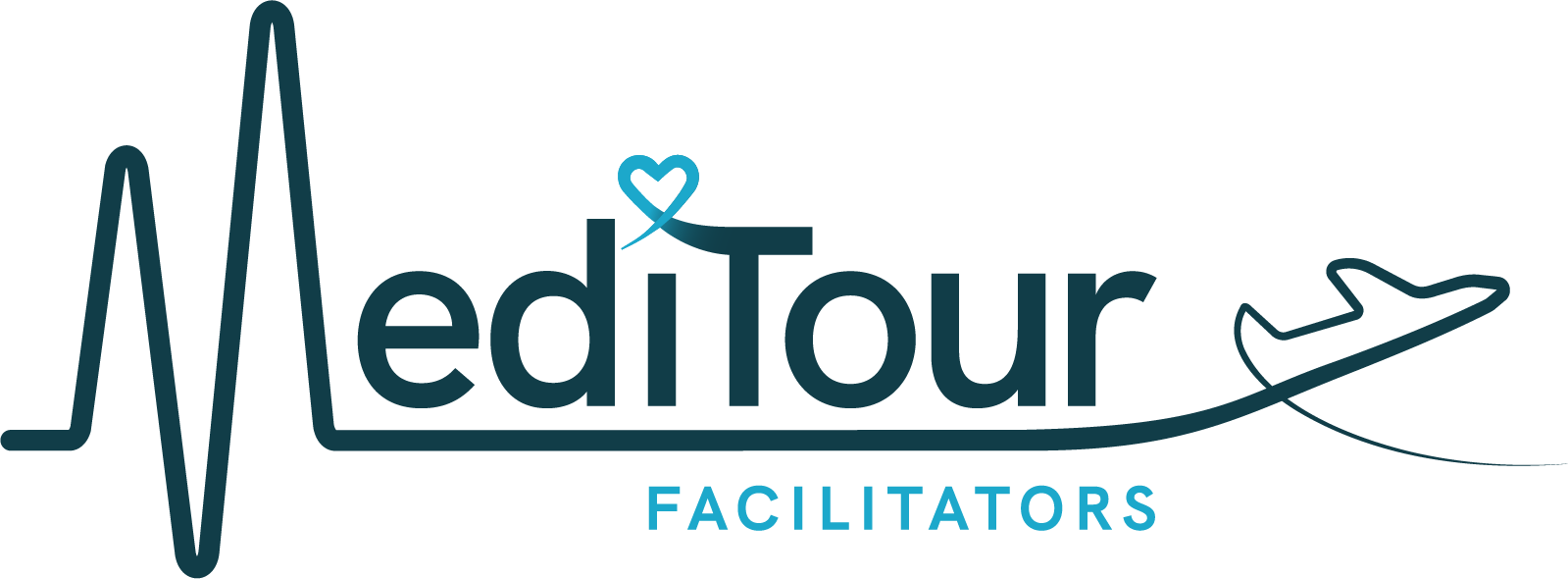The Paradox of U.S. Health Care Spending
The health care in the United States is one of the most paradoxical systems in the world. Despite spending almost 17.8% of its GDP—nearly twice the average of other high-income countries—the U.S. has some of the poorest health outcomes among its peers. Americans face shorter life expectancy, higher rates of chronic illnesses, and substantial disparities in access to care. This leaves many asking: Where does all this money go, and why don’t the outcomes match the investment?
The Cost of Inefficiency
One of the key issues driving the high cost of health care in the U.S. is inefficiency. According to an analysis featured in The Harvard Gazette, administrative overhead plays a significant role. The U.S. health care system is burdened by complex billing processes, excessive paperwork, and bureaucratic layers, all of which inflate costs. Compared to other nations, Americans also pay substantially higher prices for medical services and prescription drugs. Diagnostic tests, surgeries, and medications cost more in the U.S., even when adjusted for differences in quality or availability.
Underfunding Social Determinants of Health
Countries like Sweden, France, and Switzerland achieve better health outcomes in part because they allocate significant resources to social services. These services address broader determinants of health, such as housing, nutrition, and education, which are critical for long-term well-being. In contrast, the U.S. prioritizes acute medical care, often neglecting preventive measures that could reduce the need for expensive treatments down the line.
Access Inequalities
The lack of universal health coverage in the U.S. is another major driver of poor outcomes. Millions of Americans remain uninsured or underinsured, creating significant barriers to accessing basic and preventive care. This issue disproportionately affects vulnerable populations, including low-income families and minorities. Without adequate coverage, conditions that could have been managed early often progress into more serious—and more expensive—health crises.
Lessons from Global Peers
As highlighted in the Harvard Gazette article, high-income nations with universal health coverage achieve far better health outcomes without incurring the extreme costs seen in the U.S. Researchers, including Ashish Jha, director of the Harvard Global Health Institute, point to strategies such as cost containment policies, preventive care investments, and streamlined health systems. These approaches not only reduce costs but also promote equitable access to care.
A Way Forward
The U.S. has much to learn from these models. Reducing administrative burdens, controlling medical costs, and shifting focus toward preventive and social care could dramatically improve outcomes. A more integrated approach that prioritizes public health over profit could address many of the inefficiencies plaguing the system today.
Citations
This blog post draws on insights from the article “U.S. pays more for health care with worse population health outcomes,” published in The Harvard Gazette on March 13, 2018. For the full original article, visit: Harvard Gazette. All rights to the original content belong to The President and Fellows of Harvard College.



